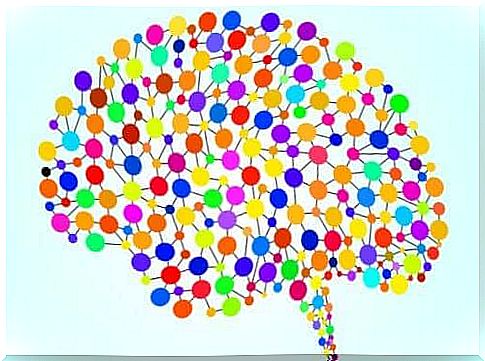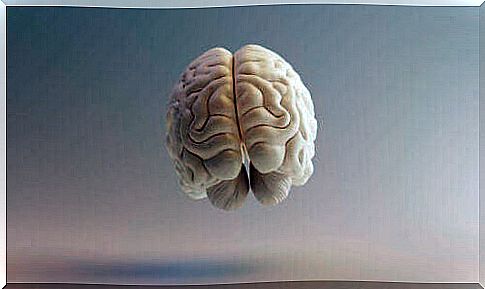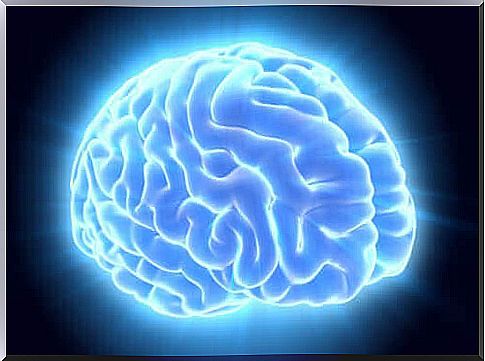97 Previously Unknown Areas Of The Brain

The brain continues to be a fascinating research topic. The more we learn, the more questions and surprises arise. For example, researchers at the University of Washington created a new map of the brain that showed 97 previously unknown areas of the brain.
A brain map is a graphical representation of the brain. Researchers use different imaging techniques to show different areas of the brain and their respective activities. When used for diagnostic purposes, mapping can show whether the brain is healthy or has any abnormalities.
Researchers at the University of Washington collaborated with researchers from St. Louis in Missouri, Oxford, London, Minneapolis and Nijmegen to create a different brain map. Their goal was to use cutting-edge technology to identify all areas of the cerebral cortex. As a result, they discovered previously unknown areas of the brain.

Research methods
To identify these previously unknown areas of the brain, researchers recruited 210 volunteers. Everyone was young and completely healthy. The goal was to investigate healthy brains.
Researchers used the latest technology available, as software capable of identifying peculiarities and contrasts in different areas of the brain. To put it simply, they discovered digital footprints of the area.
The study also included data from post-mortem research. Researchers examined certain parts of the brain with powerful microscopes to amplify, verify or confirm the findings. Nature Communications published the study, showing 97 previously unknown areas in the brain.
Neurology and previously unknown areas of the brain
Neurology is a relatively new field, and has existed for just over a hundred years. From the beginning, neurologists theorized that the cerebral cortex was divided into different zones or “modules” and each zone has a different, specialized function. Mapping them was extremely difficult at first, as the technology was imprecise.
The first to map the brain was the German researcher Korbinian Brodmann in 1909. His work showed that there were 51 different areas in the brain. Brodmann’s map is still relevant today and is largely unchanged.
Later neurologists complemented Brodmann’s research with data from cases of brain damage. Injuries, strokes or tumors made it possible for researchers to test whether they affected muscle function, visual function, etc. After this, no major advances in brain mapping had been made until now.
Matthew Glasser and David Van Essen were the leading researchers for this new type of mapping. They designed their map with three criteria: Function, local microarchitecture and connectivity. These would determine the differences between the different areas of the brain.

What new information did this project bring to the fore?
First, researchers were able to confirm that each hemisphere in the cerebral cortex contained 180 cortical areas. Among them were 97 previously unknown areas of the brain. The new map allowed researchers to see these directions with noticeable clarity. It almost looked like a political boundary map.
The study was called The Human Connectome Project. The US National Institutes of Health is funding the study. It is still far from over, as researchers have not completed the interpretation of their findings. Researchers have also just begun to make hypotheses about the function of previously unknown areas of the brain.
One of the regions, called 55b, has caught the attention of researchers. This is because it lights up when a person listens to a story. Another area that is unusual is POS2. Researchers observe that the pattern is very different from the others, and believe that it can control highly specialized functions.
In reality, The Human Connectum Project has barely scratched the surface. There is much more to discover. The entire cerebral cortex, which is responsible for humans’ highly intellectual function, has just been explored. Hopefully, the first step will open the door to many more years of more research. What surprises about our brain will we discover next time?









